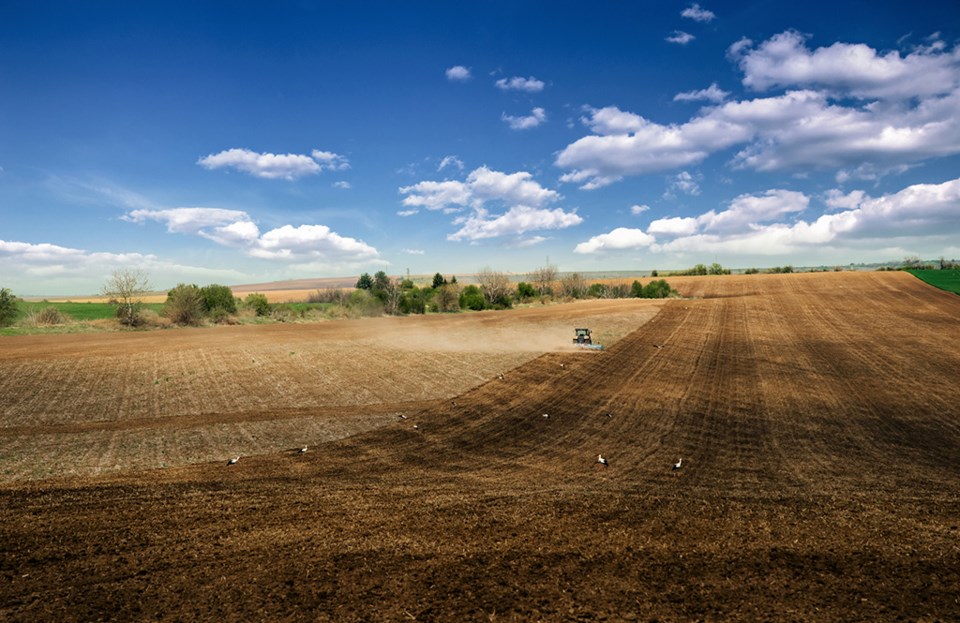YORKTON - Harvest has not commenced in the region as crops are late due to delayed seeding in the spring and excess moisture slowing down development. Crops on lighter soils have begun to dry down and producers expect these crops to be ready for harvest in about one to two weeks. Producers will begin desiccating crops as soon as they are ready so that they may dry down faster and make harvest less difficult.
Rainfall this week kept crops on lighter sandier soils from drying down prematurely and helped pastures. The Rhein and Wadena areas received 43 mm, the Langenburg area 27 mm, the Calder area 19 mm and the Bulyea area 17 mm. While many parts of the region have not suffered from lack of rain, others have missed the rains over the past weeks and are becoming quite dry. Cropland topsoil moisture is rated as eight per cent surplus, 70 per cent adequate, 20 per cent short and two per cent very short. Hay and pasture land topsoil moisture is rated as three per cent surplus, 75 per cent adequate, 18 per cent short and four per cent very short.
Pasture conditions are rated as 20 per cent excellent, 51 per cent good, 23 per cent fair, three per cent poor and three per cent very poor. More adequate soil moisture this year has allowed pastures to recover from the stress of last year’s drought and producers are very happy with how their grasslands look.
The majority of crop damage this week was due to thunderstorms that brought strong winds, heavy rains and hail which left many crops damaged in their wake. Localized flooding resulted where heavy rains occurred which also caused cereal crops to become lodged. Some producers who are struggling to keep pea aphids under economic thresholds in their pulse crops, will continue to spray for aphids until their crops are near to the point where they can be harvested.




